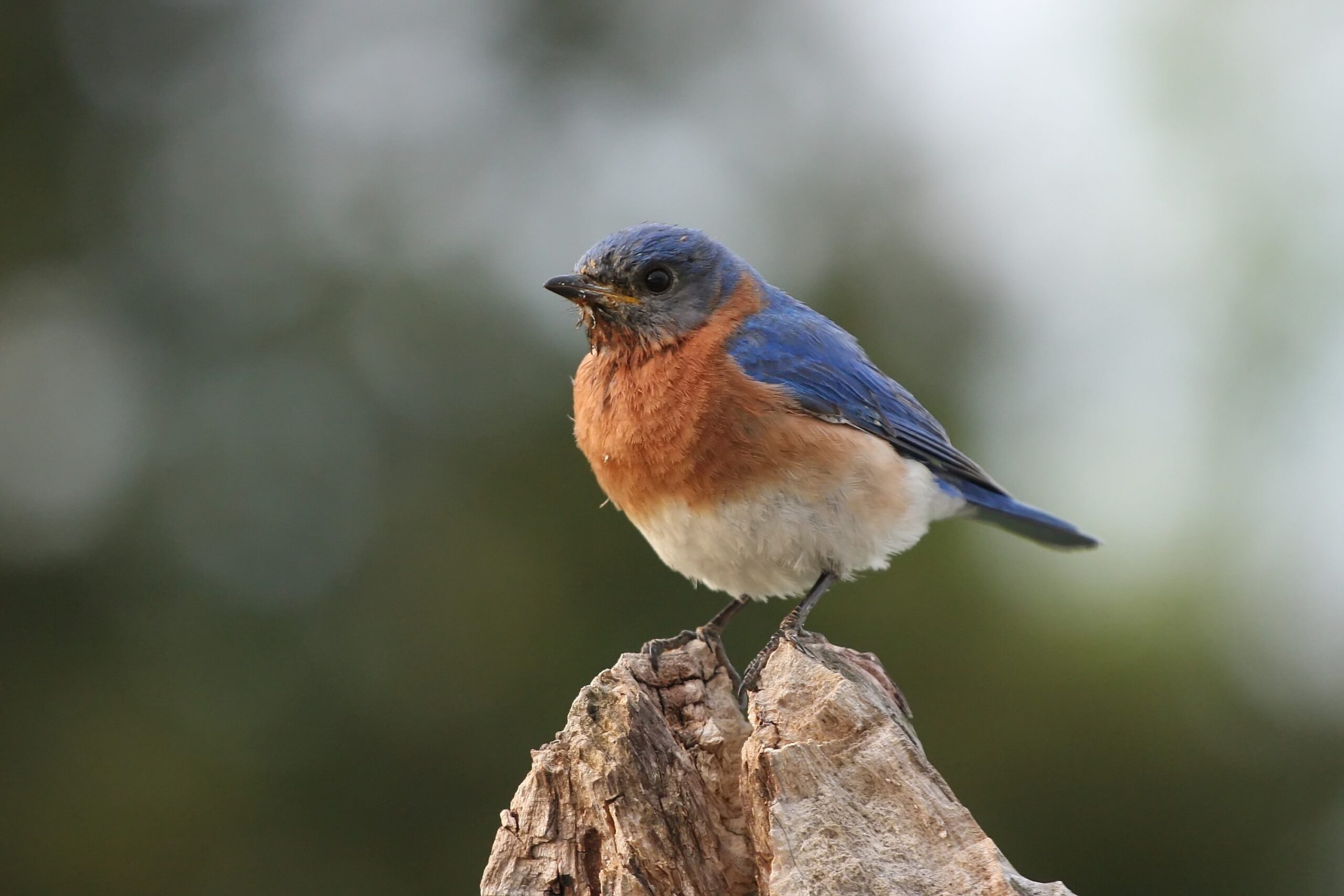Texas has a lot going for it, as I shared in my last column: a profusion of Blue Bonnets (lupine) and other wildflowers, safe and scenic bike paths, and a gracious Southern style.
They also boast coastlines facing just about every direction, thanks to barrier islands and a sloping east-south coast.
Anahuac National Wildlife Refuge, Bolivar Peninsula, Texas. (Karen Telleen Lawton)
Texans dress across a similar spectrum as Californians, ranging from casual to better-left-unseen. Their official motto is “Friendship,” which we felt in spades.
I encountered some surprises in the Lone Star State. Most importantly, we didn’t discern a huge difference between Mexican food in California and Tex-Mex. We tested and tasted this proposition all along our route.
A friend explained that Tex-Mex dishes have more cheese, but the only item that bore that out for us was a menu item listed as “chili con queso.” I ordered “con queso” once, naively thinking it was chili topped with grated cheese. Instead, it was melted processed cheese in a bowl for dipping chips.
Other than that disappointing order, Tex-Mex was delicious from El Paso to Galveston and everywhere in between. Ask my bathroom scale if I enjoyed the food!
Another surprise was a remark by a guard at The Alamo that Texas is permitted to fly its flag as high as the U.S. flag.
“Since we were first a country for a decade, we negotiated that right when we joined the Union,” he revealed.
I thought that was a fascinating factoid but wondered (to myself) about Hawaii, which was a kingdom before it was a state.
Turning to the internet, I discovered that any state may fly its flag as high as the American flag – but no higher. So there you go.
You might consider Texas to be a solidly red state. Indeed, Fox News played in every hotel breakfast room we visited. Both U.S. senators plus 25 of 38 Texas representatives are Republican. However, Texans themselves are decidedly purple.
According to Pew polls, 40% are Republican or lean Republican, 39% are Democrat or lean Democrat, and 21% have no lean. This may be why Texas seems environmentally conscientious, with the yawning exception of oil and gas issues.
Keep up with Noozhawk’s daily news coverage, delivered at 4:15 a.m. right to your inbox.
Top of Form
Bottom of Form
Take birders, for instance. In Galveston, we attended a week-long birding event called Feather Fest. Texas is on the Central Flyway and sees an amazing variety of birds, from tiny calliope hummingbirds to dazzling roseate spoonbills.
In a competitive annual bird count, a Texas group almost always comes in first place, which is a tribute not only to the variety of birds but also to the number of birders who go outside to spot them.
Seven of the top 10 count areas this year were Californian (Santa Barbara placed sixth with 196 species), but first place (218 species) and third place (202 species) were Texas regions.
Birders, not surprisingly, are highly interested in land and water conservation and protection.
I asked Feather Fest organizers whether Texas birders tend to lean toward one party or the other. They insisted that you cannot predict. Political affiliation by whether or not someone is a birder. “All Texans are very protective of the environment.”
We met two Texas science teachers at a birding event kayaking through an estuary. (I clarified first that alligator habitat is freshwater, not seawater or brackish water.) I asked them how it was to teach about the environment in Texas. They looked at each other and chuckled. “It’s not easy,” they admitted.
Texas has a whole separate science curriculum than the rest of the nation, they told me. But by and large, they teach about the environment and ignore the politics.
They just get stuff done without mentioning words like “carbon taxes” and “climate disruption.”
Will it work in the long run? I don’t know. The Texas equivalent of our Western Gull is their Laughing Gull, so that may say something.






